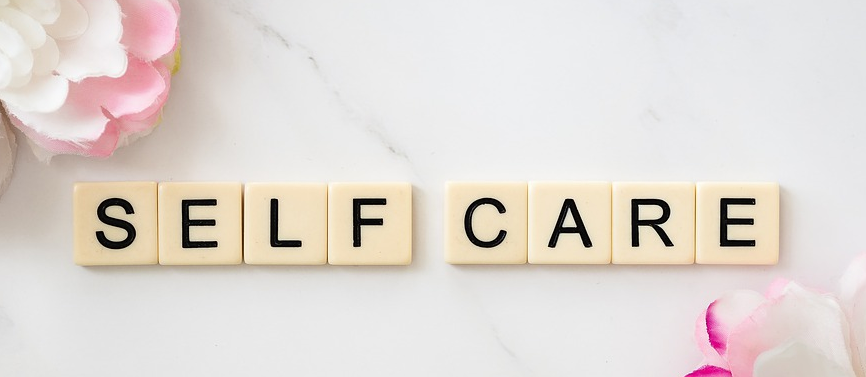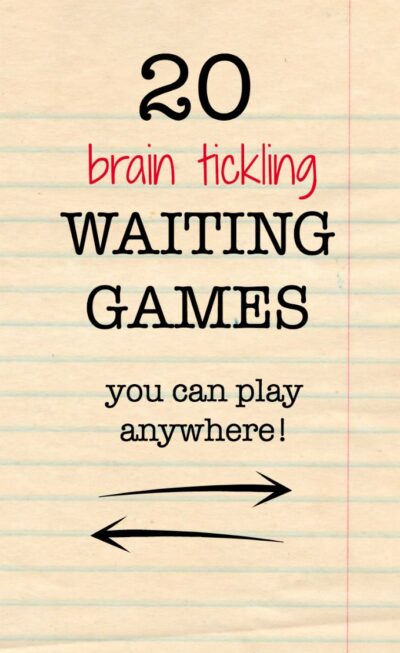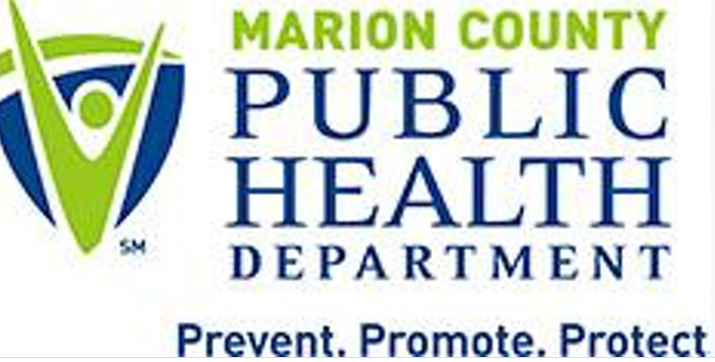Thank you for this contribution from our own Claudia Johnson, Administrative Assistant. Something warm and aromatically rich with spices may soothe and calm your harried day or night.

Dry ingredients:
- 2 cups almond flour
- 2 tsp cinnamon
- 2-3 packets Stevia (reg or vanilla)- alternately can use the liquid stevia in the wet ingredients
- 1/2 tsp salt
- 1/2 tsp baking soda
- 1/4 tsp cloves
- 1/4 tsp nutmeg
Wet ingredients:
- 1 can unsweetened pumpkin puree
- 3 eggs slightly beaten
- 3 Tbsp almond milk (unsweetened- I like the vanilla flavored)
In separate bowls
- Mix dry ingredients well
- Mix pumpkin and milk, then add eggs
Pour/ mix wet into dry ingredients completely
Mix dry ingredients well.
In second bowl, mix pumpkin and milk, then add eggs
Pour/ mix wet into dry ingredients completely
On preheated iron or non-stick skillet (medium/medium-low heat), drop 3 large spoonfuls of batter and spread/flatten each slightly to 4-5 inch rounds.
Let cook about 5 minutes before flipping. Pancakes may fall apart easily. Just mash together and flip to continue cooking. Remove when lightly browned on both sides, with centers firmed up. For a topping, add a little cinnamon and plain yogurt instead of syrup. Sugar free syrups are also available.These pumpkin wonders can be frozen and quickly thawed for some measured snacking treasures.
- Makes about 10-11 pancakes.








